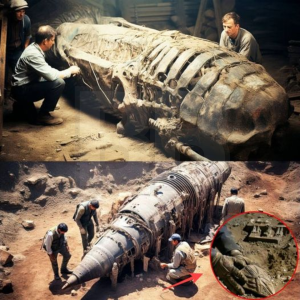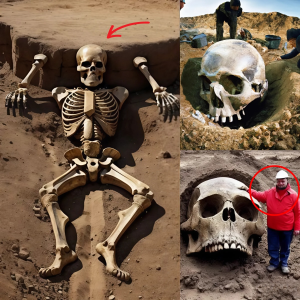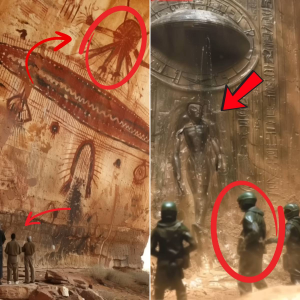Scientists have found out how boa constrictor snakes are able to suffocate their prey without killing themselves.
Boa constrictors are non-venomous and kill their prey by suffocation. With powerful muscles, the snakes coil around their prey and suffocate it until dead. A larger boa is able to kill animals such as lizards, mongooses and possums in this way.
However, this action severely restricts their own lungs. And until now, it was not clear how the snakes avoid suffocation while squeezing and digesting their food.
It turns out, they rely entirely on the motions of their ribs, a new study published by the Company of Biologists in the Journal of Experimental Biology has found.
To monitor the snakes’ breathing patterns, Brown University scientists John Capano and Elizabeth Brainerd secured blood pressure cuffs around boas’ ribs.

Two cuffs were applied around two ribs in each snake—one halfway down its body, another a third of the way down its body. Snakes have two lungs that line the entire length of their body.
After the cuffs were applied, the scientists then gradually increased the pressure on each cuff.
When the pressure was increased a third of the way down the body, the snakes breathed using their ribs further back, the study said.
However, when pressure was increased towards the back of their body, the snakes breathed by using ribs further up their body. The study said the ribs near the end of their lungs only moved when the forward ribs were being constricted.
Scientists found that the snakes’ lungs almost behaved like a bellows—pulling air through the front section of the lung when it could no longer breathe for itself, and vice versa.
Capano told Newsweek that the findings “clearly indicate” that at the very least, boa constrictors and potentially all snakes, “can very discreetly control individual sections of their rib cage.”
“In terms of their evolution, this also means that the ribs are likely involved in a range of activities,” he said.

Capano said the ribs could also play a role in other forms of movement in snakes, such as climbing, burrowing and slithering.
“The control of the ribs may be an important aspect of what sets snakes apart from other elongated, limbless animals,” Capano said.
He also said this trait likely links back to boa’s early ancestors.
“The ancestors of all amniotes, including snakes, lizards, mammals, birds, crocodilians, and turtles, relied entirely on their ribs to breathe and because of this experienced a speed-dependent axial constraint that reduced how much they could breathe when they ran,” he said.
He said that lizards still experience this, which is why they get tired quickly if they are chased.
As ancestral snakes lost their limbs, today snakes don’t experience this disadvantage because they slither rather than run, he said.
“However, slithering also involves the rib cage to move, but it is unclear if this form of locomotion produces a similar trade-off between locomotion and breathing,” Capano said.
In light of the findings, he said scientists believe snakes may be able to shift the location of lung ventilation while they slither, effectively moving the spot they use to breathe to places that are not involved with movement.
The study said that as subduing and digesting a victim is one of the “most energetic things these snakes can do,” it was essential that they evolved the ability to adjust their breathing technqiues.





